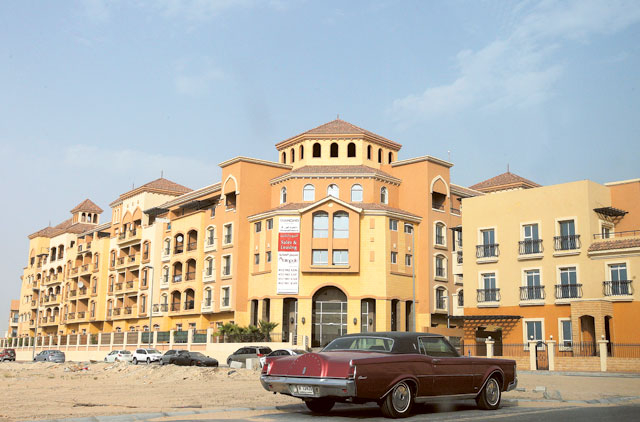After a decade of finding bargains in real estate markets against the backdrop of a secular weak dollar, as well as a regime of declining interest rates, foreign investors last year faced the prospect of sharply higher housing prices in Dubai, as their nations’ currencies fell against the dollar.
That could reshape certain global housing markets going forward as the baton shifts from an investor-oriented to that of an end-user driven market. This brings into focus the other critical variable — the issue of affordability.
The strength of the dollar since 2014 has had significant implications for the attractiveness of Dubai (and even the US housing market) for foreign investors, and particularly affected markets dominated by foreign investment flows. On a national scale, US housing prices appreciated by approximately 3 per cent in the last 12 months, according to Zillow, representing a levelling off after strong gains in 2012 and 2013.
However, when specific housing markets are looked at, foreign currency flows paint a dramatically different story. For example, in Miami, prices have flatlined and even registered declines in certain areas. This is primarily because foreign investors have seen a surge in purchasing costs in their base currencies.
For a Russian investor using roubles, for example, the price of Miami realty was twice as high in June from a year earlier, due to the depreciation of the his currency.
In Dubai, similar stories abound. For example, at the higher end of the market, which has been historically reliant on foreign inflows, the price of a high-end unit in blue-ribbon communities such as Palm Jumeirah, Emirates hills or downtown Dubai, prices appreciated by 20 per cent in the last 12 months in rouble terms, even as they registered declines of as much as 20 per cent in dirhams.
This has had the impact of sharply lower transactional volume in the last year as foreign investment flows abated in response. The prospect of higher interest rates further impacted investor behaviour, as prospective buyers opted in many cases to wait on the sidelines to gauge the impact of these macro-variables on price action, thereby exacerbating the softening sentiment.
Developers responded by offering an array of incentives via payment plans to cater to both the foreign investor base, as well as attract potential end-users from the domestic market. This has highlighted the critical issue of affordability.
According to the Dubai Statistics Centre, the average consumer is spending 43.7 per cent of his household income in housing costs; similar data sets reveal the average mortgage ticket accounts for more than 40 per cent of the monthly income. This makes the domestic market expensive for homeowners and tenants alike.
While relaxed payment plans will alleviate the pressure on household budgets, it is likely the transition to an end-users’ market will likely play out over the remainder of the decade and that too in more affordable housing districts such as Jumeirah Village, Arjan, Majan, Silicon Oasis, Sports City and the newer developments that cater more to the mid-income earner.
The dollar’s strength and prospects of higher interest rates have played out on a global scale, moderating price action in most of housing markets. These macro-variables have been the predominant factor behind rising correlations in global real estate markets, rising from a decade-wide correlation of 0.29 to 0.65 in the last two years.
What does this imply for price action behaviour going forward? More likely than not, it will mean a continuation of a moderation of price volatility as investment behaviour becomes more sensitive to income budgets.
Against the backdrop of lower oil prices, and a rising dollar and interest rates, speculative behaviour will likely continue to subside, and transactional activity will remain subdued. This is positive news for the end-user as it allows for the allocation of capital formation to an asset class that has historically been for the purposes of housing and longer term stability.
The macro headwinds also alleviate prospects of another bubble forming in the foreseeable future as prices will follow a more sustainable growth trajectory. What is clear however is that there is no longer one city-wide housing market as was the case historically.
Going forward, price action will be more sensitive to community-wide dynamics. Those that have been more dependent on foreign inflows (particularly at the higher end of the spectrum) are likely to see more subdued activity as activity and attention shifts to the domestic populace.
Perhaps more than any other factor, this is the defining theme of the ‘new normal’ in the global real estate markets.
— The writer is Managing Director of Global Capital Markets.












